Earlier in the year, we heard about Proton’s ambitious plan to launch four new vehicles this year, something that raised eyebrows when it was announced. Well, it’s actually done it, with the last of the cars, the Proton Ertiga MPV, launching today at the Setia City Convention Centre.
Let’s start with the most important bit, the price. Slotting under the bigger C-segment Exora, the B-segment Ertiga is priced at RM58,800 for the Executive manual and RM61,800 for the automatic model, while the range-topping Executive Plus auto retails at RM64,800. All prices are on-the-road inclusive of insurance and a five-year/150,000 km warranty.
The Ertiga is different from the rest of the cars that Proton has launched this year, even the Perdana that’s based on the eighth-generation Honda Accord. As per the agreement with Suzuki, it’s pretty much identical to the Suzuki Ertiga, and bears nearly zero input from Proton’s engineers and designers – in a similar fashion to the Mazda VX-1. With that out of the way, let’s get to it.
Carried over from Suzuki, longer wheelbase than Exora
The rationale behind the Ertiga is simple. The Exora may have been Proton’s first MPV, but it’s a larger vehicle targeted at a more discerning buyer, one who wants more sophistication in their vehicle, if not more space. Meanwhile, the lower end of the market is burgeoning, with competitors left and right rushing to meet the needs of families who simply want as many seats for as little outlay as possible.
As such, the Ertiga is meant to be a no-frills people mover, being far smaller in size and powered by a smaller engine. Measuring 4,265 mm long, 1,695 mm wide and 1,685 mm tall, with a wheelbase of 2,740 mm, it is 327 mm shorter and 114 mm narrower than the Exora.
However, the distance between the axles is actually 10 mm longer than Proton’s in-house MPV. In terms of height, the Ertiga is a modest 6 mm lower than the Exora, despite the sizeable 185 mm ground clearance, meant for the rough rural roads of countries like Indonesia and India.
Against its other competitors, the Ertiga is 5 mm shorter and 65 mm taller than its closest rival, the Perodua Alza, but the latter’s wheelbase is also 10 mm up. As for the Toyota Avanza, the Ertiga is significantly larger in almost all aspects, only being marginally beaten in height and ground clearance.
Proton’s version of the Ertiga wears the milder facelifted front fascia from the standard Suzuki variant, instead of the extroverted Peugeot-inspired face of the Ertiga Dreza. The Swift-style vertical swept-back headlights remain, but the grille is now wider to meet the lamps and gets a chrome bar running across.
Meanwhile, the front bumper has also been redesigned with a friendlier face and larger fog lamp surrounds, with chrome trim on the Executive Plus variant. The side profile, on the other hand, remains nondescript, with the upswept window line and pronounced wheel arches being the only flourishes; the sizeable wheelbase grants the Ertiga a wheel-at-each-corner stance.
Moving on, the rear of the car gets the tail light extensions and chrome bar seen on the facelifted model. However, the rear bumper is taken from Indonesia’s pre-facelift Ertiga, likely due to the need to incorporate a rear fog light for the Malaysian market.
Five-split-spoke alloy wheels are standard and measure 15 inches in diameter, shod with 185/65R15 GT Radial Champiro Eco tyres; they are identical to the Suzuki’s but come with centre caps carrying the new Proton logo. Four colours are available, including the Perdana’s hero Ruby Red seen here, Carnelian Brown from the Persona, Metal Grey from the Saga and Cotton White.
Dashboard derived from Suzuki Swift, six seats
Step inside and you’ll find an interior that has been carried over wholesale, with the exception of the Proton badge on the steering wheel boss. Up front is a dashboard derived from the Swift, albeit in a grey-and-beige colour scheme; disappointingly for an MPV, there’s just one cupholder in front, although the third row passengers get their own above the rear wheel arches.
The middle row is a two-seater – hence making the vehicle a six-seater MPV – even though the bench very clearly has space for three. The Ertiga doesn’t have a provision for a three-point centre seat belt, so the lap belt has simply been taken out.
Proton contends that as such, second-row passengers will make better use of the rear armrest. The seats themselves can be slid backward and forwards as much as 240 mm. Access to the third row is achieved by pulling a lever to tilt the second-row backrest and slide the whole seat forward.
As with most small three-row MPVs, boot space is tiny with all seats up, at just 135 litres (Alza is 83 litres); however, it expands to 400 litres with the 50:50-split third row folded (can be done without removing the headrests, unlike the Alza), and the second row can be folded 60:40 for even more room. There’s also a false floor at the rear hiding even more storage space – the full-size spare tyre is located under the car.
Two airbags and ABS as standard, four-star ASEAN NCAP rating
Kit count is almost identical on both variants – standard equipment includes front and rear fog lights, rear parking sensors, USB connectivity, two 12V power sockets (including one for the second row), a rear air-con blower (with dedicated cooling coils, a significant improvement over the Alza) and four speakers.
Plump for the Plus and you get the aforementioned seat height adjuster, power-folding door mirrors with integrated LED indicators, chrome interior door handles, two front seat back pockets (as opposed to one), a multifunction steering wheel and two tweeters to make it six speakers in total. There’s no Bluetooth, keyless entry or push-button start, unfortunately, even though those items are available in countries like India.
Safety-wise, all models get dual airbags, ABS with EBD and ISOFIX child seat anchors on the second row. Electronic stability control is not available, which is probably the reason why there is no Premium-badged variant with that feature. Proton’s version gets the Suzuki’s four-star ASEAN NCAP safety rating.
Swift platform, engine and gearbox, four-speed automatic, EEV certification
Sitting on a stretched Swift platform, the Ertiga is powered by the hatchback’s K14B 1.4 litre naturally-aspirated DOHC VVT petrol engine. Proton is particularly proud about the mill’s metal timing chain, an item which won’t be introduced in its own engines until the brand new GDI and TGDI engine family goes into production, slated for the end of next year.
In this application, the engine produces 92 PS at 6,000 rpm and 130 Nm at 4,000 rpm. Power is sent to the front wheels via either a five-speed manual gearbox or – the first in a long time for a Proton – a four-speed automatic transmission; the Executive Plus is only available with the slush box. Zero to 100 km/h is accomplished in 11.8 seconds with the manual and 13.9 seconds for the auto.
In terms of fuel consumption, the Ertiga manages 5.7 litres per 100 km with the manual ‘box and 6.0 litres per 100 km with the automatic on the European NEDC cycle. These figures have enabled it to achieve the company’s first Energy Efficient Vehicle (EEV) certification, the first compact MPV in Malaysia to do so. In comparison, the turbocharged Exora CFE CVT uses 7.8 litres per 100 km.
Here are the specifications of the car in full:
Proton Ertiga 1.4 Executive – RM58,800 (MT), RM61,800 (AT)
Engine, drivetrain
1.4 litre K14B petrol engine
92 PS at 6,000 rpm
130 Nm at 4,000 rpm
DOHC, variable valve timing with metal timing chain
Multi-point injection
Drive-by-wire throttle
Five-speed manual or four-speed torque convertor automatic (Aisin)
0-100 km/h: 11.8 sec for MT, 13.9 sec for AT
Fuel economy (NEDC): 5.7 l/100 km for MT, 6.0 l/100 km for AT
Chassis, suspension
Stretched Suzuki Swift platform
MacPherson struts front suspension
Torsion beam rear suspension
Front brake discs
Rear drum brakes
45-litre fuel tank
5.2 m turning radius
Dimensions (length, width, height): 4,265 mm, 1,695 mm, 1,685 mm
Wheelbase: 2,740 mm
185 mm ground clearance
Weight: 1,175 kg for MT, 1,185 kg for AT
Exterior
Reflector halogen headlamps
Front and rear foglamps
Bulb-type tail lights
Chrome front grille
Chrome rear garnish with red tail light extension bars
Turn signal indicators on front fenders
Electrically-adjustable side mirrors
Remote control key fob
15-inch alloy wheels with GT Radial Champiro Eco tyres (185/65R15)
Full-size spare tyre
Two rear parking sensors
Rear window wiper
Four colours – Ruby Red, Carnelian Brown, Metal Grey, Cotton White
Interior
Two-tone interior (light grey and beige)
Polyurethane steering wheel
Integrated head unit with CD, USB player
Four speakers
Back-lit instrument cluster with trip computer
Manual air-con
Ceiling-mounted rear air-con (with cooling coil and blower control)
12V power sockets (1 front, 1 middle row)
Six three-point seat belts (2-2-2)
Beige fabric upholstery
Middle row seats – sliding (240 mm range), 60:40 split-folding, one-touch access to third row, centre armrest, two ISOFIX anchors
Third row seats – 50:50 split-folding
Under-floor storage compartment
Safety
Two front airbags
ABS with EBD
Side impact beams
Four-star ASEAN NCAP crash safety rating
Proton Ertiga 1.4 Executive Plus AT – RM64,800
Adds on:
Chrome trim on front foglamp housings
Power-foldable side mirrors
LED turn signals on side mirrors
Under-bonnet insulation
Anti-pinch driver’s side power window
Audio controls on steering wheel
Two dashboard tweeters (six speakers in total)
Height-adjustable driver’s seat
Chrome interior door handles
Back-seat pockets on both front seats
Window tint
Want to know how the Proton Ertiga drives? Read our first impressions of the new car here. You can also browse full specifications and equipment on CarBase.my.
Proton Ertiga 1.4 Executive Plus
AD: Drive the Proton model of your dreams. Submit your details and Proton PJ will get in touch with you.
Looking to sell your car? Sell it with Carro.

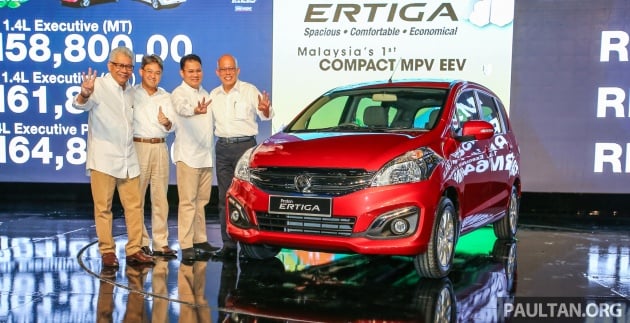





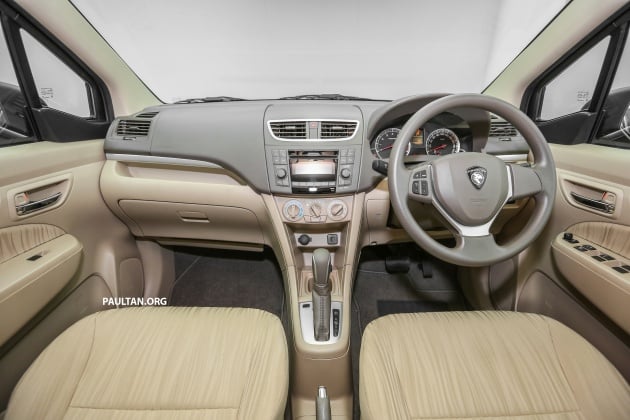



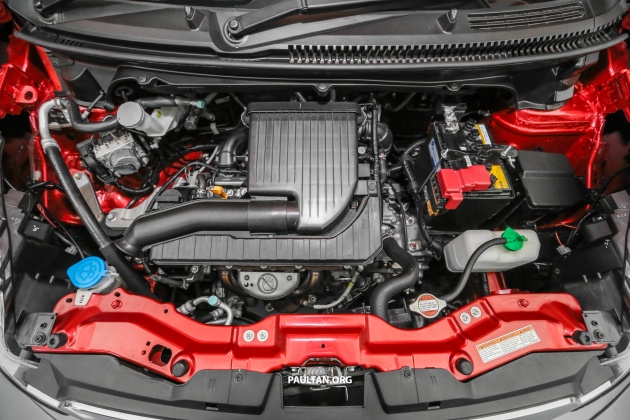

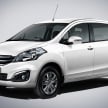
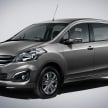
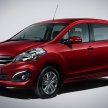
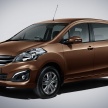
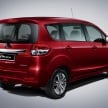
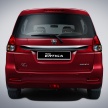
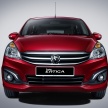
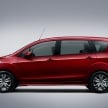
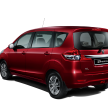
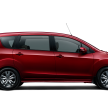
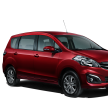

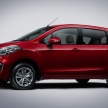
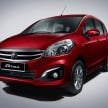
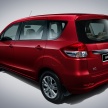
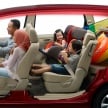
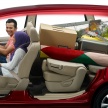
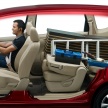
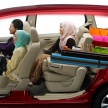
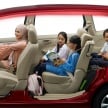
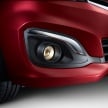
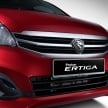
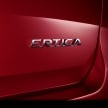

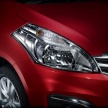
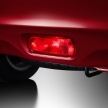
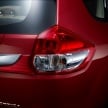
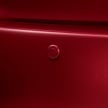
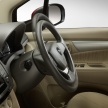
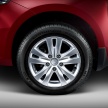
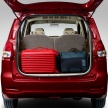
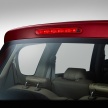
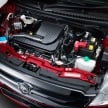
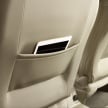
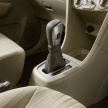

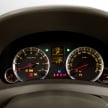
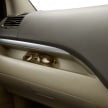
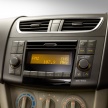
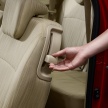
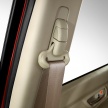
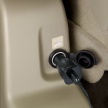
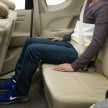
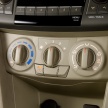
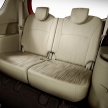
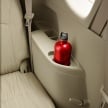
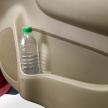
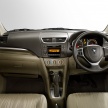
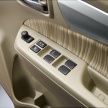
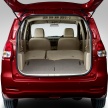
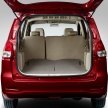
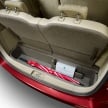
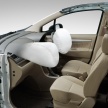
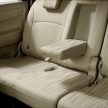
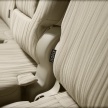
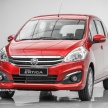
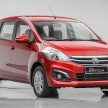
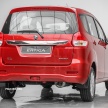
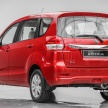
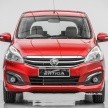
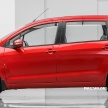
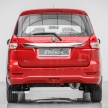
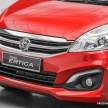
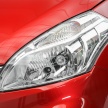
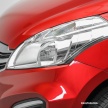
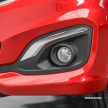
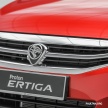
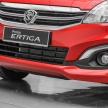
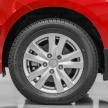
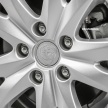
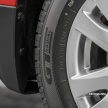
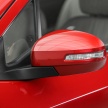
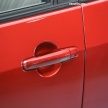
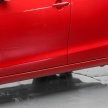
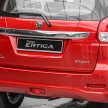
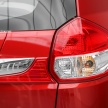
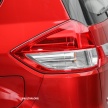
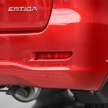
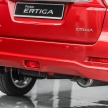
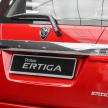
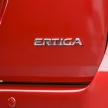
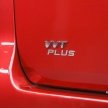
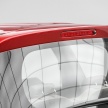
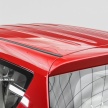
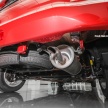
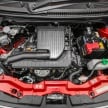
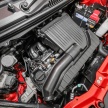
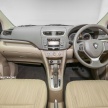
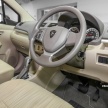
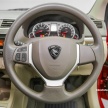
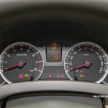
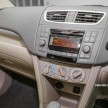
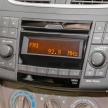
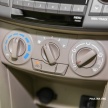
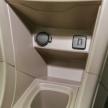
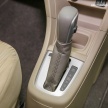
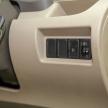
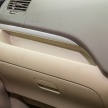
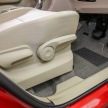
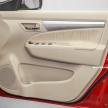
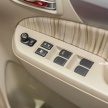
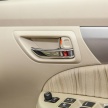
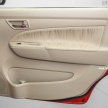
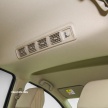
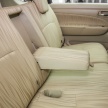
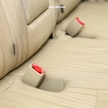
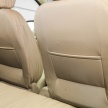
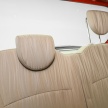
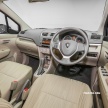
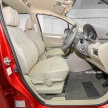
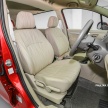
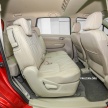
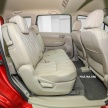
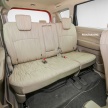
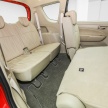
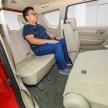
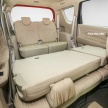
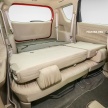
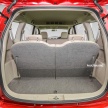
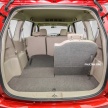
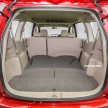
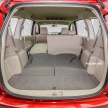
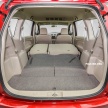
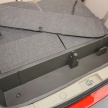
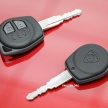















AI-generated Summary ✨
Comments on the Proton Ertiga MPV focus mainly on its rebadged status, with many critics pointing out that it is an old, existing Suzuki model repackaged for Malaysia. Some express disappointment over the price, feeling it is too expensive for a used, proven design, especially compared to local competitors like Perodua Alza and Proton's own models like Exora and Persona. Safety features such as VSC and Bluetooth are notably missing, raising concerns about safety and value. Many feel Proton should have offered a more competitive price, better interior quality, and modern features. There’s also skepticism about the vehicle’s power and engine size, with comments suggesting it’s underpowered for family use. Overall, sentiments are mixed, with some recognizing it as a practical choice and others criticizing its high cost and outdated features.